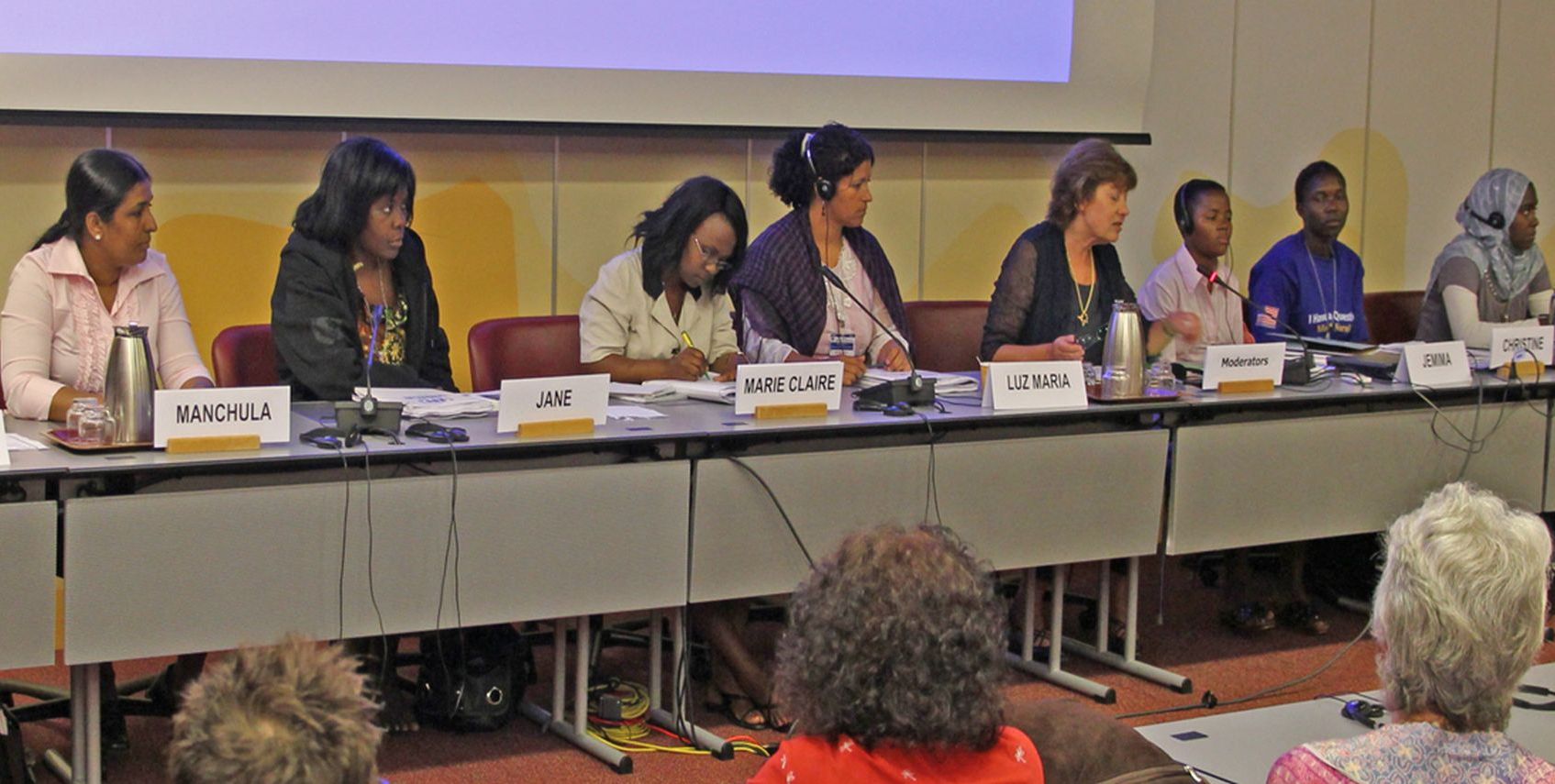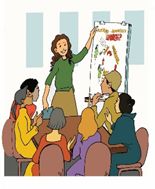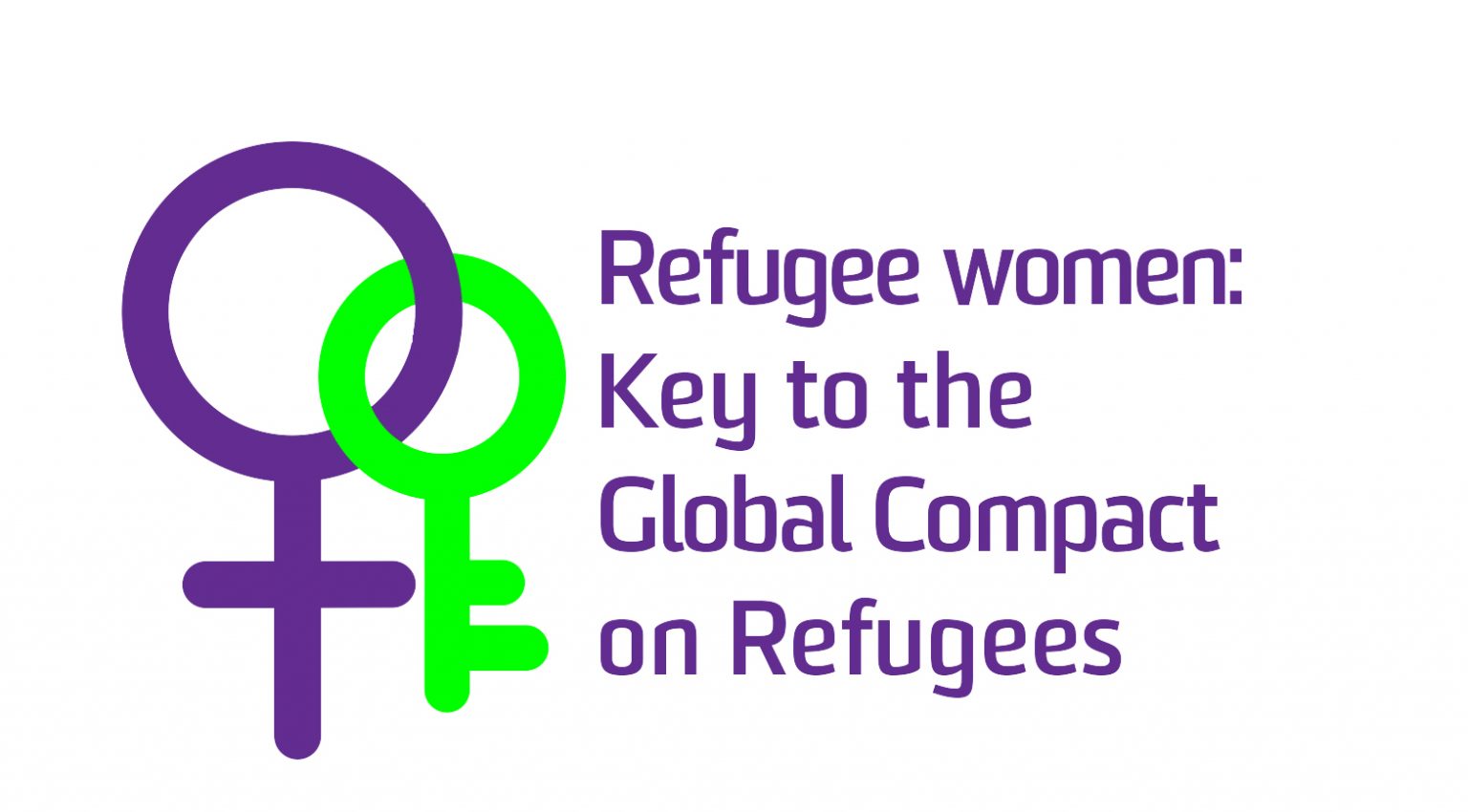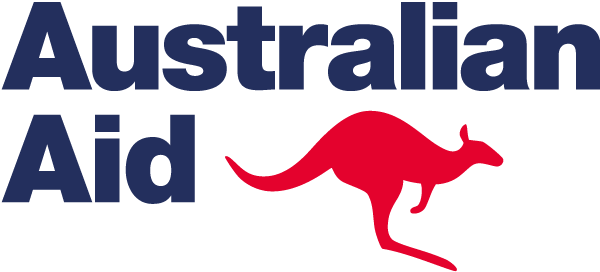Jump to section:

A. Training Notes
The discourse in the humanitarian and development spaces would suggest that “partnership” equals equality. Experience tells us this is often far from the reality. At the best there are often very uneven partnerships, at the worst it is just a token notion.
Aims
The aim of this module is to identify what “effective partnership” means for refugee led organisations and ways in which structures for real partnership and expectations can be established.
Suggested Timing for the Module
The presentation and discussion will take 1 hour, with a further hour for the exercises.
Partnerships – A useful definition
While Partnership is often used when discussing the meaningful participation of refugees, we could find few direct references. We found two definitions that are useful:
There are two different types of community partnerships: formal and informal.
- Formal Community Partnerships. Formal partnerships often involve legal agreements and clearly defined roles and responsibilities for each party. …
- Informal Community Partnerships, happen when groups and individuals come together to work on a common endeavour and support …
Partnering with someone means you share their experience, expertise and knowledge. A good partnership will help two parties bridge the gaps that exist in their operations. Working with a partner who offers a different perspective than what you currently have may help tackle problems in a new way. Based on definition of business from the European Commission 2022

B. PowerPoint Slides
This Power Points presentation will take the group through the rationale for the module, and introduce the tools and exercises which will identify what partnership can mean and how to achieve this.
C. A Tool to use to identify locally appropriate ways of identifying ways in which to foster partnerships and potential solutions to barriers
If you are interested in working as partners in a project, please list
- What you can bring to the table
- What you hope the potential partner can bring to the table.
Discuss how these different resources could work together for mutual advantage. If there is no clear advantage apparent, consider if this will be a useful partnership or not.
Bringing these different resources together to influence positive change should be straightforward – but it isn’t!
Because we bring one more very important thing to the table: INHERITED PRIVILEGE
We discuss this in the next session.
D. Background Reading on Effective Partnerships
Please read these notes before running this training module. They provide information which informs the PowerPoint slides, and might help you answer questions from Participants.
They can also be given as Handouts.


